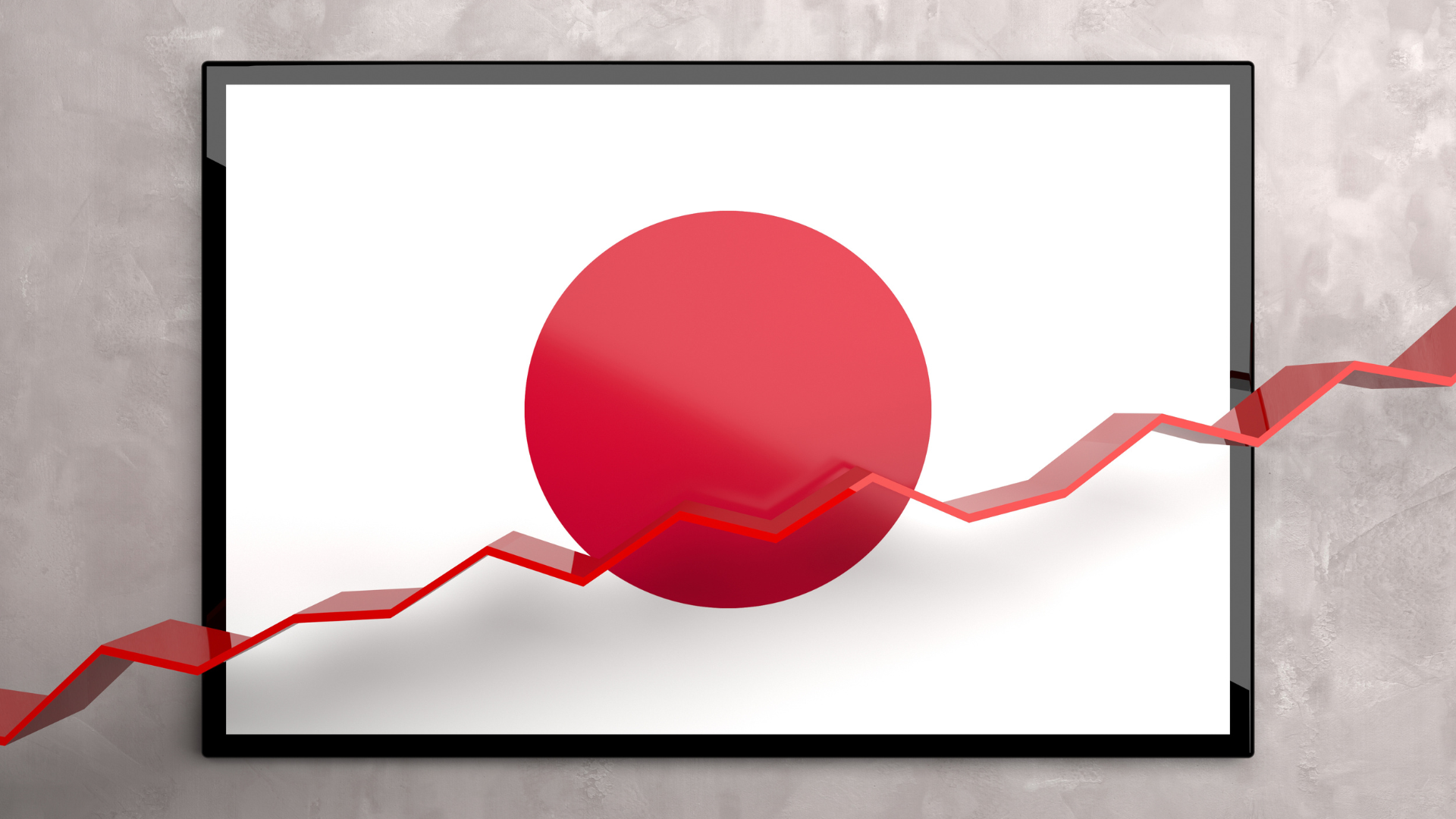The Bank of Japan (BoJ) is widely expected to leave its benchmark interest rate unchanged at 0.50% during its upcoming policy meeting, with investor attention shifting toward Governor Kazuo Ueda’s post-meeting remarks for any hint of future normalization. While Japan’s central bank recently ended its years-long negative interest rate policy, officials have signaled that additional tightening will be gradual and data-dependent.
Markets have largely priced in a steady policy stance, especially given the fragile global growth backdrop and still-muted domestic inflation relative to global peers. Japan’s core inflation has remained within the BoJ’s 2% target range, but wage growth and consumer demand remain under scrutiny as key factors in determining the central bank’s pace of normalization.
Ueda’s communication will likely be dissected for any forward guidance. Analysts say he could acknowledge recent yen weakness and discuss potential risks to the outlook, without committing to a clear policy shift. The Japanese yen has remained under pressure, raising questions about whether currency dynamics could play a more central role in shaping monetary policy decisions.
Investors are also watching whether the BoJ will continue trimming its purchases of Japanese government bonds, another move that could signal a slow shift away from ultra-loose policy. However, economists suggest any material tightening would likely be deferred until more evidence emerges of sustained inflation and wage growth.
Despite Japan’s modest recovery from pandemic-era stagnation, the BoJ remains one of the last major central banks with ultra-accommodative policy, in contrast with aggressive tightening campaigns from the Federal Reserve and European Central Bank. That divergence has kept the yen weak and drawn global attention to the BoJ’s next moves.
With few surprises expected from the rate decision itself, Ueda’s press conference could prove pivotal in shaping market expectations for the second half of the year, especially as global central banks begin to pivot toward easing or pause cycles.
















